Why Choose Alumina-Based Ceramics for High-Voltage Insulation Applications?
The question "Why choose alumina-based ceramics for high-voltage insulation applications?" directly addresses a fundamental material selection challenge in the design and manufacturing of high-voltage equipment. It implies that engineers and material scientists are seeking the optimal insulating material to ensure safety, reliability, and longevity in systems operating at elevated electrical potentials. The underlying need is for a material that can effectively prevent electrical breakdown and current leakage under high voltage stress, while also offering other desirable properties for demanding applications.
Can Insufficient Dielectric Strength Lead to Catastrophic Failures?
Insufficient dielectric strength in an insulating material means it cannot withstand high electric fields without breaking down and allowing current to flow. This breakdown can cause short circuits, equipment damage, and even fires, leading to significant financial losses and safety risks. Doesn’t the use of materials with inadequate dielectric strength in high-voltage systems directly threaten operational safety and equipment integrity?
Indeed, selecting materials with insufficient dielectric strength drastically increases the risk of insulation failure, leading to dangerous and costly consequences, including power outages and equipment destruction.
| Insulation Material | Typical Dielectric Strength (kV/mm) | Potential Consequence of Insufficiency |
|---|---|---|
| Air | 3 | Sparking, corona discharge |
| Polymer Insulators | 20-40 | Surface tracking, breakdown |
| Glass | 10-14 | Puncture, cracking |
| Alumina Ceramics | 10-30 | Puncture, arc tracking |
Will Poor Mechanical Properties Compromise Long-Term Reliability?
High-voltage insulators are often subjected to mechanical stresses from their own weight, wind loads, and vibrations. If the insulating material has poor mechanical strength1 or fracture toughness, it can crack or break over time, leading to insulation failure and equipment downtime. Doesn’t the use of mechanically weak insulators in high-voltage infrastructure jeopardize the long-term reliability and stability of power systems?
Absolutely, insulators lacking sufficient mechanical strength are prone to failure under stress, requiring frequent replacements and increasing maintenance costs, ultimately impacting the reliability of the entire power grid.
| Insulation Material | Typical Flexural Strength (MPa) | Susceptibility to Mechanical Failure |
|---|---|---|
| Porcelain | 40-60 | Moderate |
| Glass | 60-90 | Moderate |
| Polymer Insulators | 50-100 | Low (due to flexibility) |
| Alumina Ceramics | 200-400 | Low |
Can Thermal Instability Lead to Premature Degradation?
High-voltage equipment can generate significant heat due to resistive losses. Insulating materials with poor thermal conductivity or low thermal stability2 can overheat, leading to premature degradation of their electrical insulation properties and eventual failure. Doesn’t the inability of an insulator to effectively dissipate heat under high-voltage operation accelerate its degradation and shorten its service life?
Indeed, poor thermal management in insulating materials can cause thermal runaway and premature aging, leading to unexpected failures and increased operational costs due to frequent replacements.
| Insulation Material | Typical Thermal Conductivity (W/m·K) | Resistance to Thermal Degradation |
|---|---|---|
| Polymers | 0.1-0.5 | Low to Moderate |
| Porcelain | 1-2 | Moderate |
| Glass | 0.8-1 | Moderate |
| Alumina Ceramics | 20-30 | High |
Will Chemical Inertness Affect Performance in Harsh Environments?
High-voltage insulators are often exposed to harsh environmental conditions, including humidity, pollution, and chemical contaminants. If the insulating material is not chemically inert, it can react with these substances, leading to surface degradation, tracking, and eventual electrical breakdown. Doesn’t the susceptibility of an insulator to chemical attack in harsh environments compromise its long-term insulating capability and system safety?
Absolutely, insulators that are not chemically resistant can degrade over time when exposed to pollutants and moisture, leading to surface leakage currents and increasing the risk of flashovers and equipment failure.
| Insulation Material | Resistance to Chemical Attack | Susceptibility to Surface Tracking |
|---|---|---|
| Polymers | Variable | High |
| Porcelain | Good | Moderate |
| Glass | Excellent | Low |
| Alumina Ceramics | Excellent | Low |
High Dielectric Strength for Enhanced Safety
Alumina ceramics possess a high dielectric strength3, enabling them to withstand significant electric fields without breakdown. This inherent property ensures a higher safety margin in high-voltage equipment, reducing the risk of short circuits and electrical failures. Can alumina’s high dielectric strength provide a more secure insulation barrier in demanding high-voltage applications?
Indeed, the superior dielectric strength of alumina ceramics offers a robust insulation barrier, significantly enhancing the safety and reliability of high-voltage systems by minimizing the risk of electrical breakdown.
| Alumina Grade | Typical Dielectric Strength (kV/mm) | Benefit for High-Voltage Insulation |
|---|---|---|
| 90% Alumina | 10-15 | Good insulation for moderate voltages |
| 95% Alumina | 15-20 | Improved insulation for higher voltages |
| 99% Alumina | 20-30 | Excellent insulation for extreme voltages |
Does alumina’s superior mechanical strength translate to a longer service life for high-voltage insulators?
Alumina ceramics exhibit high mechanical strength and hardness, making them resistant to physical damage and degradation under mechanical stress. This robustness ensures the long-term structural integrity of insulators, contributing to the overall reliability and lifespan of high-voltage equipment.
Absolutely, the exceptional mechanical properties of alumina ceramics provide excellent resistance to physical stresses, ensuring the long-term durability and structural integrity of high-voltage insulators, thereby extending the service life of the equipment.
| Alumina Grade | Typical Flexural Strength (MPa) | Benefit for Insulator Lifespan |
|---|---|---|
| 90% Alumina | 200-250 | Good resistance to mechanical stress |
| 95% Alumina | 250-300 | Improved resistance to mechanical stress |
| 99% Alumina | 300-400 | Excellent resistance to mechanical stress |
Does alumina’s ability to effectively manage heat contribute to the stable and reliable operation of high-voltage systems?
Alumina ceramics have high thermal conductivity and excellent thermal stability, allowing for efficient heat dissipation and maintaining their insulating properties at elevated temperatures. This prevents thermal runaway and ensures stable operation of high-voltage equipment over a wide temperature range.
Indeed, the superior thermal properties of alumina ceramics facilitate efficient heat dissipation, preventing overheating and ensuring stable and reliable operation of high-voltage equipment even under demanding thermal conditions.
| Alumina Grade | Typical Thermal Conductivity (W/m·K) | Benefit for High-Voltage Operation |
|---|---|---|
| 90% Alumina | 20-25 | Good heat dissipation |
| 95% Alumina | 25-28 | Improved heat dissipation |
| 99% Alumina | 28-30 | Excellent heat dissipation |
Does alumina’s resistance to chemical attack ensure consistent insulation performance in polluted or humid environments?
Alumina ceramics are highly chemically inert and resistant to degradation in harsh environmental conditions, including exposure to moisture, pollutants, and corrosive chemicals. This chemical stability ensures the long-term reliability of insulation even in challenging operating environments.
Absolutely, the excellent chemical inertness of alumina ceramics ensures stable and reliable insulation performance even when exposed to harsh environmental conditions, preventing surface degradation and maintaining the integrity of the high-voltage system.
| Alumina Grade | Resistance to Chemical Attack | Benefit for Environmental Stability |
|---|---|---|
| 90% Alumina | Good | Suitable for most environments |
| 95% Alumina | Very Good | Improved resistance to harsh conditions |
| 99% Alumina | Excellent | Superior resistance in extreme environments |
Conclusion
When considering the critical requirements for safety, reliability, and longevity in high-voltage systems, the limitations of traditional insulating materials become evident. Alumina-based ceramics offer a compelling solution by providing a superior combination of electrical, mechanical, and thermal properties, making them the material of choice for demanding high-voltage insulation applications.
-
Understanding the role of mechanical strength can help in selecting materials that ensure long-term durability and performance in high-voltage systems. ↩
-
This resource will explain how thermal stability contributes to the safe operation of high-voltage equipment, preventing failures and extending service life. ↩
-
Exploring this resource will provide insights into how high dielectric strength enhances safety and reliability in high-voltage applications. ↩
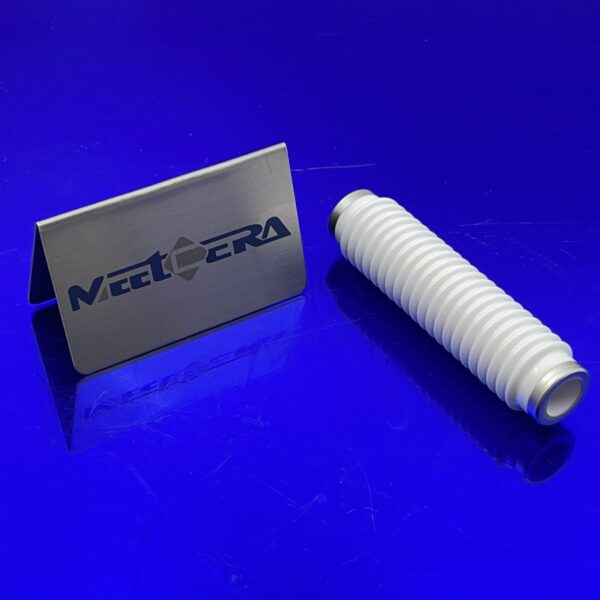
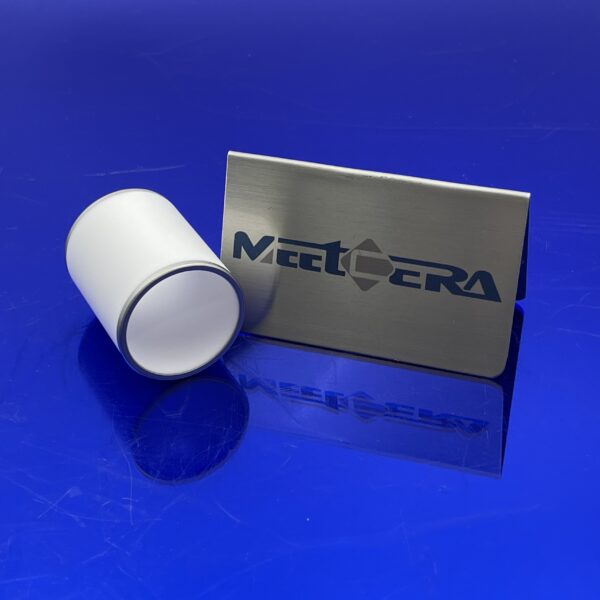
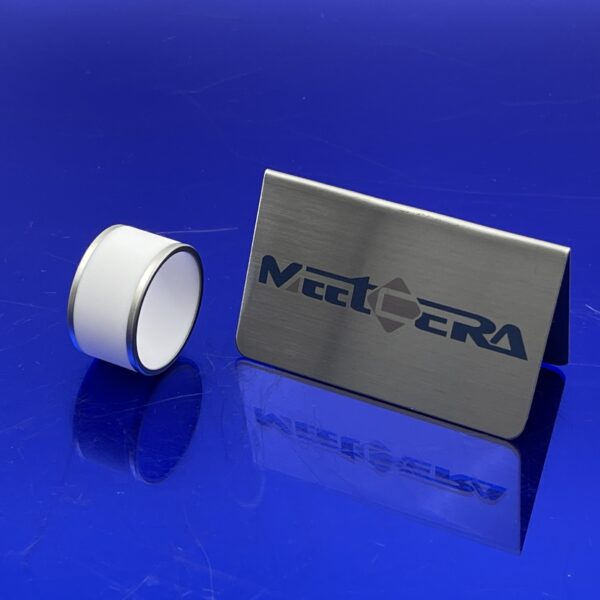
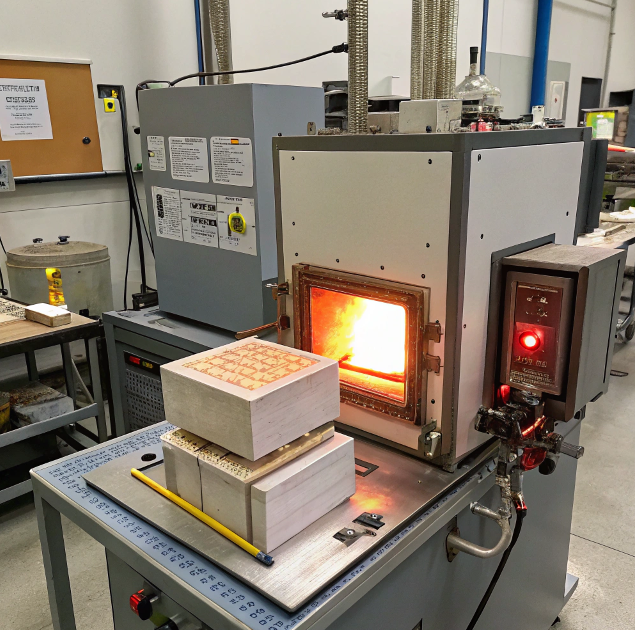

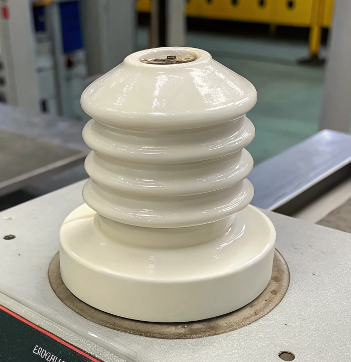

No comment